Approved projects from the call "International Disaster and Risk Management - IKARIM"
Natural events such as earthquakes, floods, landslides, storms or droughts cause immense economic, social and ecological damage worldwide. With the funding guideline "International Disaster and Risk Management - IKARIM", the Federal Ministry of Education and Research aims to strengthen Germany's contribution to improving disaster risk management worldwide and to help achieve the internationally agreed Sendai goals. IKARIM focuses on promoting demand-oriented research and development cooperation with selected African and Asian countries. The aim is to jointly develop and implement innovative and application-relevant approaches to disaster prevention and mitigation as well as disaster management and recovery in the local countries.
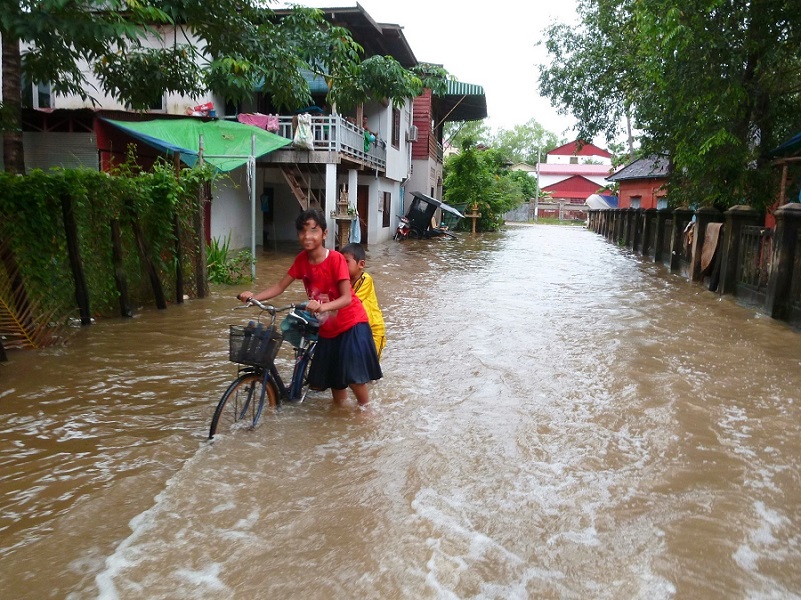
Ongoing joint projects:
BISKIT: Blood Information System for Crisis Intervention and Management
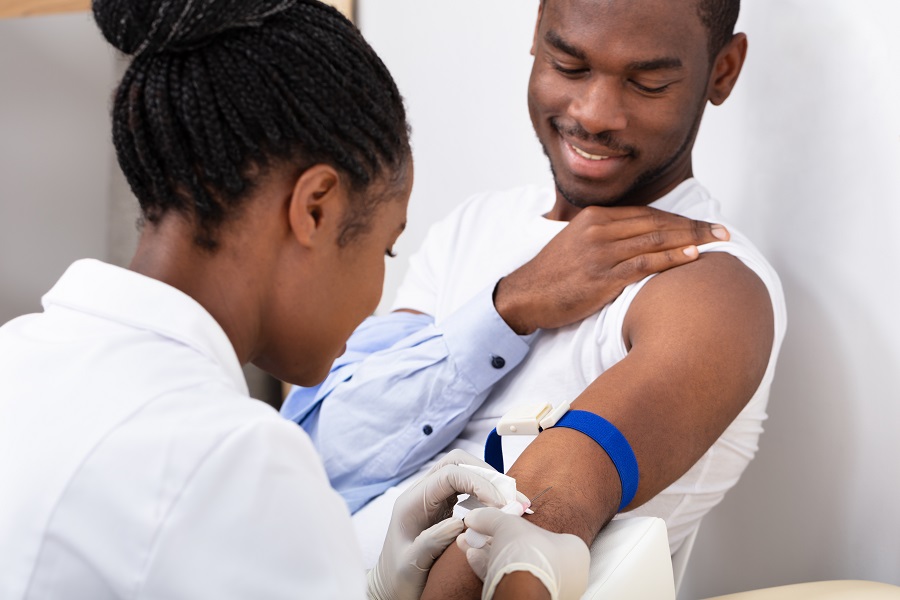
Funding codes 13N15212 to 13N15216
Blood is indispensable in emergency medical treatment. It can only be obtained from donors. In South Africa, there are particular difficulties in obtaining blood because of the high infection rates - especially HIV - in the population. As part of the project, an information system is being developed to record medical, technical and logistical data across organizations and regions. In close exchange with local authorities and transfusion centers, BISKIT is designing a decision support system. This system for crisis intervention and management goes far beyond current emergency concepts. It integrates intelligent resource and process planning along the entire supply chain.
More information (only available in German)
FlutNetz: Improving Access to Emergency Medical Care for Flood Disasters in Bangladesh
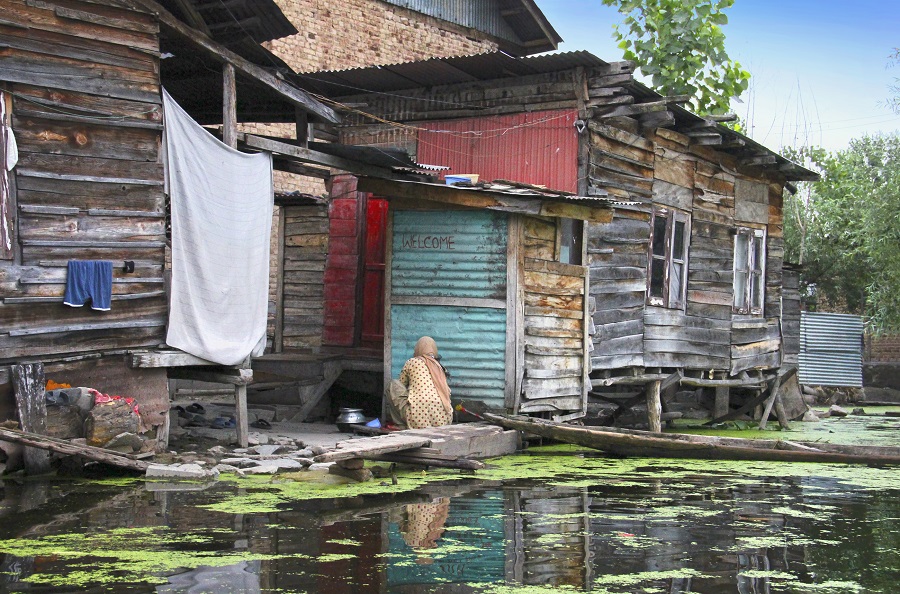
Funding codes 13N15234 to 13N15236
Bangladesh is repeatedly affected by severe flooding. The leading causes of death are drowning, electric shocks from lightning and exposed power lines, and snakebite poisoning. The predominantly poor rural population is particularly vulnerable. The FloodNet project is developing a medical crisis management strategy to protect and treat people from the greatest risks. A new type of medical crisis management is being established in close cooperation between partners from both countries. The overarching approach includes prevention and qualification, targeted response coordination, and emergency medical care.
FlutNet project outline (PDF, only available in German)
HOWAMAN: Sustainable strategies and technologies for flood risk management in arid and semi-arid regions
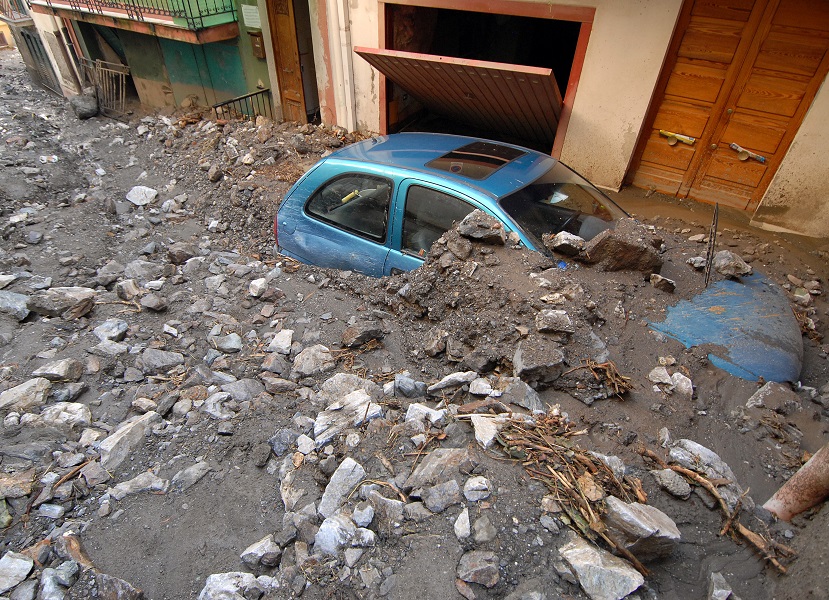
Funding codes 13N15177 to 13N15183
Extreme weather events threaten millions of people worldwide and cause high economic damages. This is also true for Iran, which has a dry climate with little rainfall, but is repeatedly affected by flash floods and extreme flood events. Using the example of the Kan river basin in Tehran province, the HOWAMAN project is developing a new type of flood risk management software. This includes an early warning system based on real-time hydrometeorological data that provides timely information to regions at risk. The planned early warning system is to be developed as an effective tool for emergency services and for administrations responsible for flood protection. All systems and models will be provided as open source software so that they can be easily transferred to countries with similar climatic conditions.
More information (only available in German)
INTEWAR: Innovative Technologies to Control Water-Associated Diseases
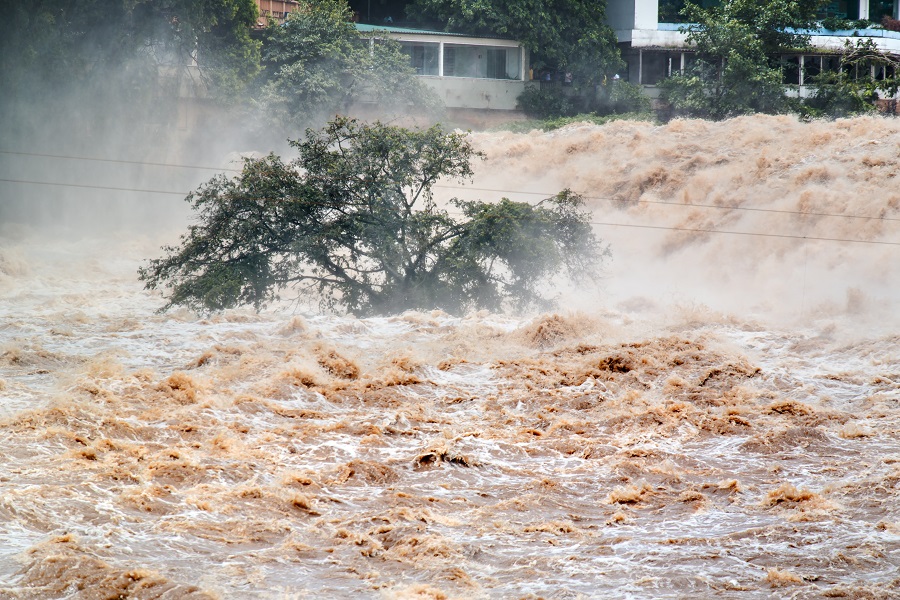
Funding codes 13N15239 to 13N15243
Cameroon, due to its meteorological conditions, is regularly exposed to floods. With little local data and concepts for prevention and management, the population repeatedly suffers from the catastrophic effects of flooding. The goal of the INTEWAR project is to reduce health hazards caused by flooding. Based on local environmental and health data, concepts for water quality control and protection against waterborne diseases are developed. The construction of drinking water facilities will ensure the supply of clean water in the event of a disaster. The INTEWAR project therefore fills an essential gap in the prevention and management of natural disasters.
More information (only available in German)
PARADeS: Participatory flood disaster prevention and adapted coping strategy in Ghana
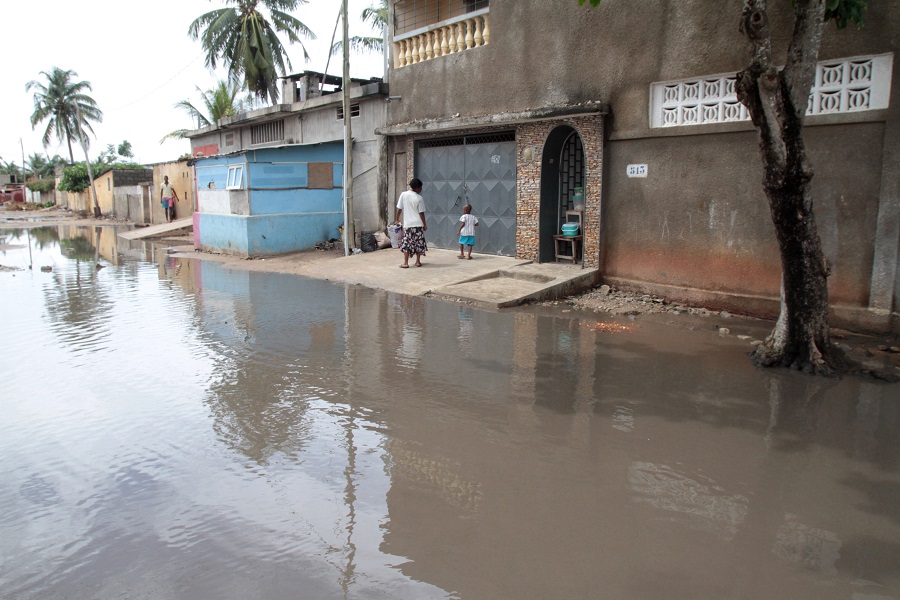
Funding codes 13N15272 to 13N15275
Ghana is one of the countries in West Africa most vulnerable to flooding. In this context, poor population groups in urban areas are particularly affected by the annual flood events. The aim of the PARADeS project is to increase resilience to flooding in the model regions of Accra, Kumasi and the Volta River basin. Prevention and coping strategies are developed together with the local population and responsible stakeholders. Data, models and supporting tools for risk assessment will be integrated into a unified and user-friendly decision support system. For the first time for Ghana, comprehensive meaningful forecasts of flooding effects on households and critical infrastructure will be made possible.
More information (only available in German)
SORTIE: Sensor systems for localizing trapped persons in collapsed buildings
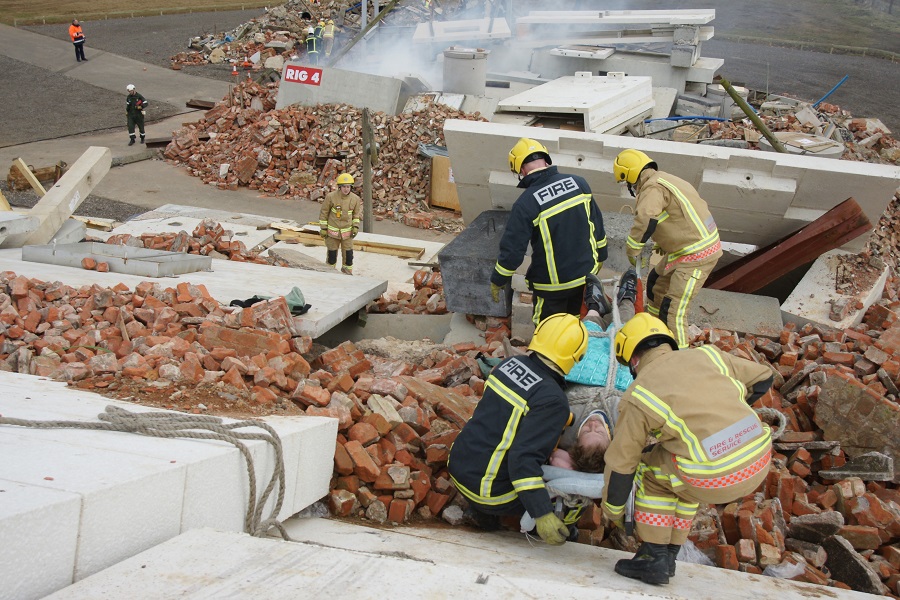
Funding codes 13N15189 to 13N15194
Gas explosions, fire, natural disasters such as heavy rain or earthquakes: There are many different causes for the collapse of buildings. If people are trapped, the emergency services are in a race against time.In order to effectively support the emergency services on site in the search for survivors, the SORTIE project is working with Indian researchers and users to develop an autonomously flying drone that maps and analyzes debris fields from the air. From the sum of the information that the SORTIE drone gathers in a very short time, a three-dimensional map is created that shows emergency forces a safe path directly to buried persons.
More information (only available in German)